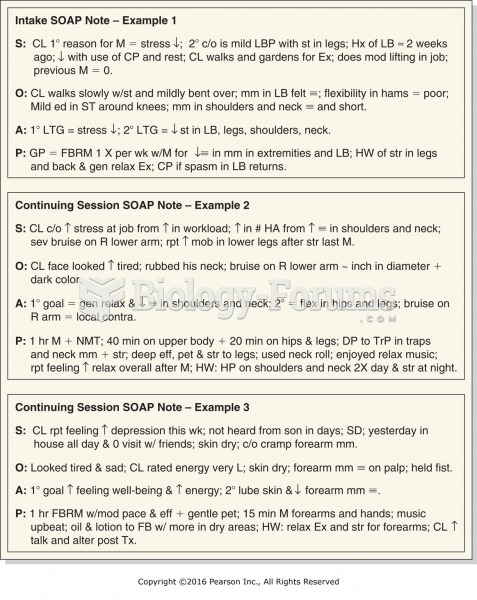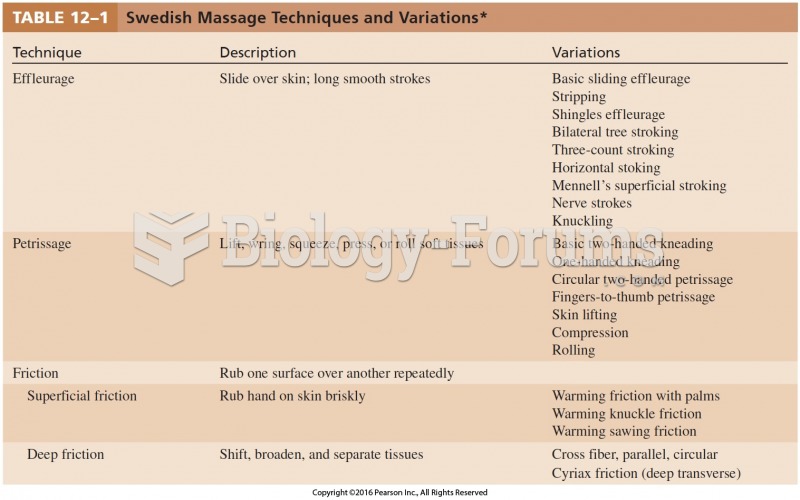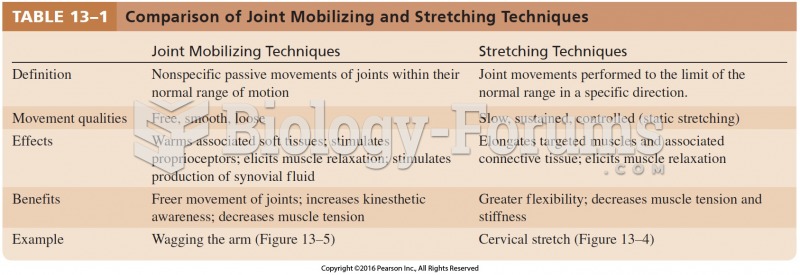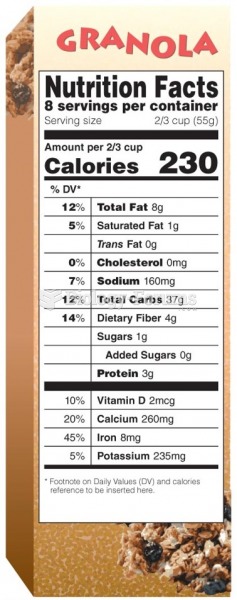Answer to Question 1
Answer: Delete unnecessary words and phrases. To test whether a word or phrase is essential, try the sentence without it. If the meaning doesn't change, leave it out. Ineffective/effective examples include: for the sum of/for, in the near future/soon, and due to the fact that/because. The second technique is replace long words and phrases. Short words and phrases are generally more vivid and easier to read than long ones. Ineffective/effective examples include: During the preceding year, the company accelerated productive operations/ Last year the company sped up operations, He went to the library for the purpose of studying/ He went to the library to study and The employer increased salaries so that she could improve morale/ The employer increased salaries to improve morale. Third, eliminate redundancies. In some word combinations, the words say the same thing. For instance, visible to the eye is redundant because visible is enough without further clarification; to the eye adds nothing. Other examples include: important essentials/ essentials and modern, up-to-date equipment/ modern equipment. Finally, recast It is/There are starters. If you start a sentence with an indefinite pronoun such as it or there, odds are the sentence could be shorter and more active. For instance, We believe . . . is a stronger opening than It is believed that . . . . Other examples are described in Table 5.2.
Learning Obj.: LO 5.3: Describe the steps you can take to improve the clarity of your writing and give four tips on making your writing more concise.
Answer to Question 2
Answer: TRUE
Explanation: To ensure clarity, look closely at your paragraph organization, sentence structure, and word choices. Can readers make sense of the related sentences in a paragraph? Is the meaning of each sentence easy to grasp? Is every word clear and unambiguous (meaning it doesn't have any risk of being interpreted in more than one way)?







